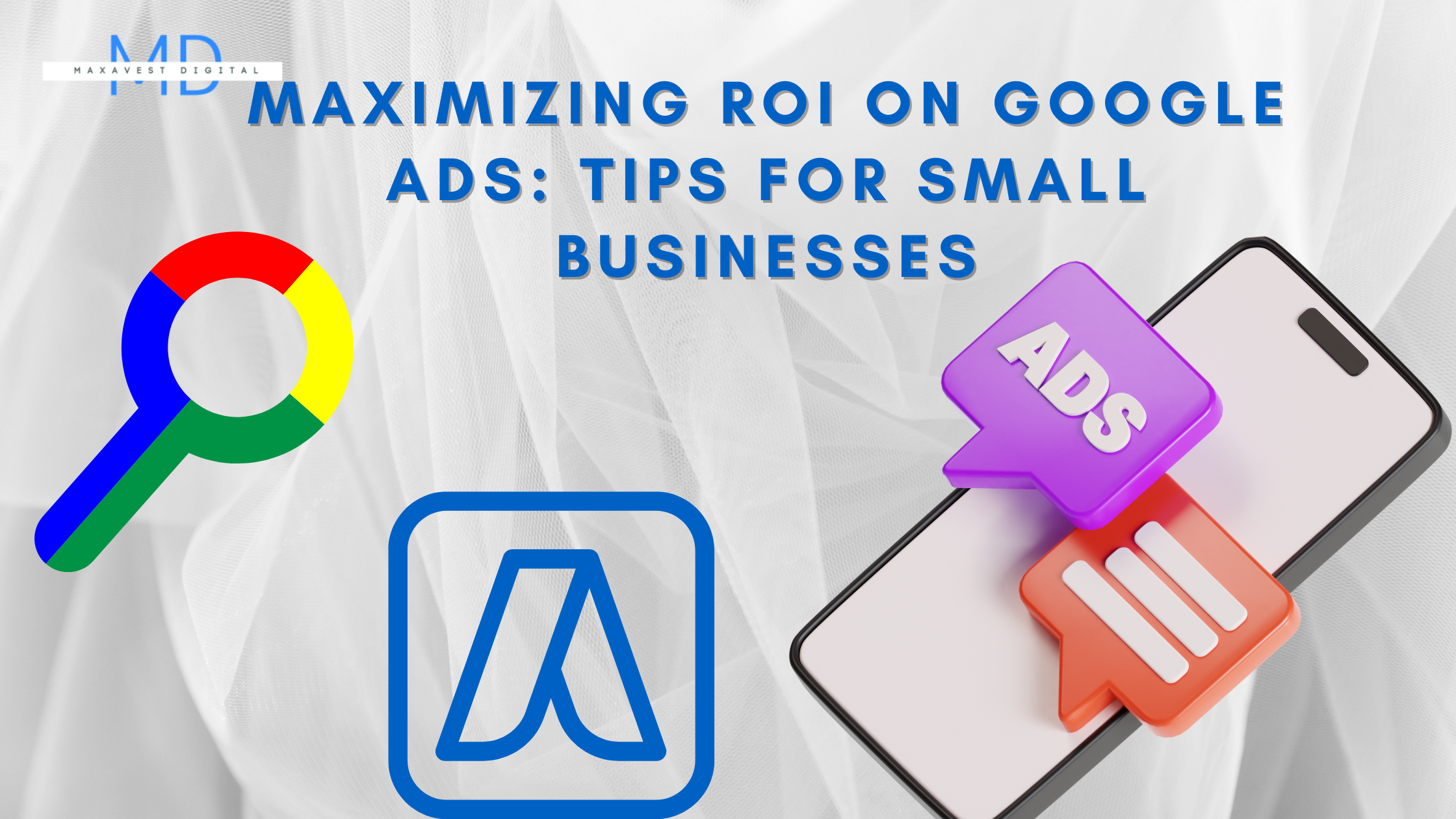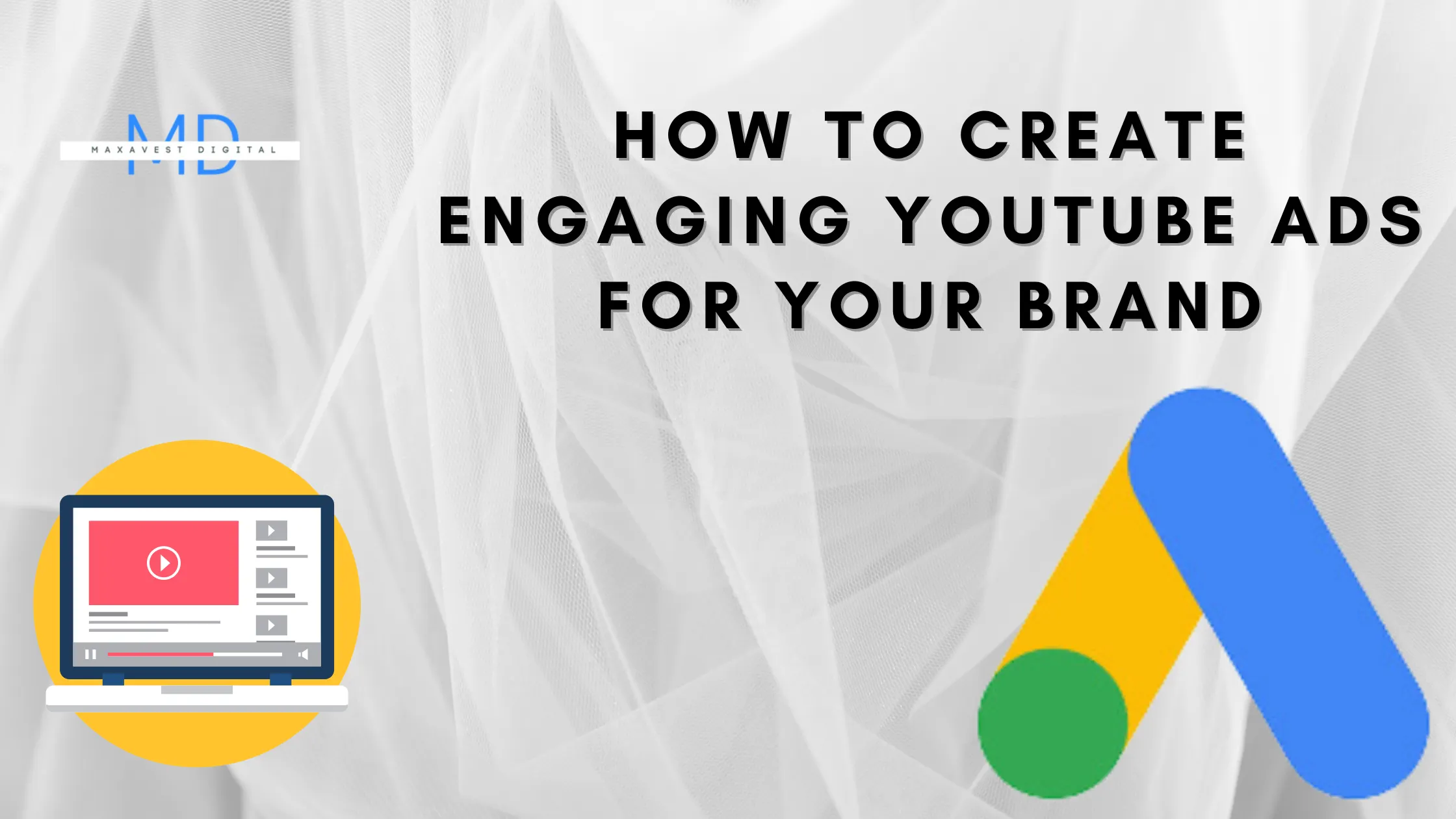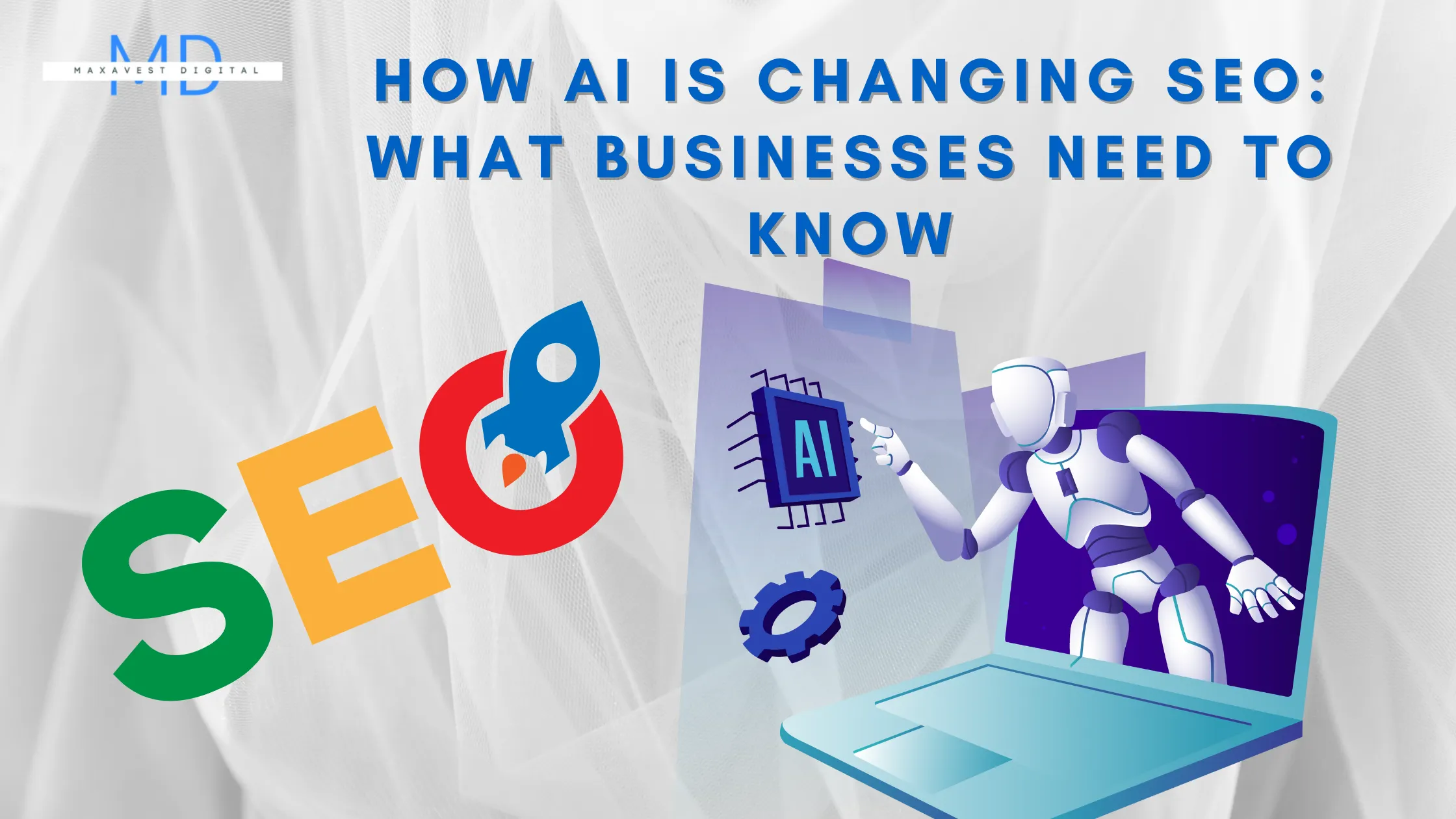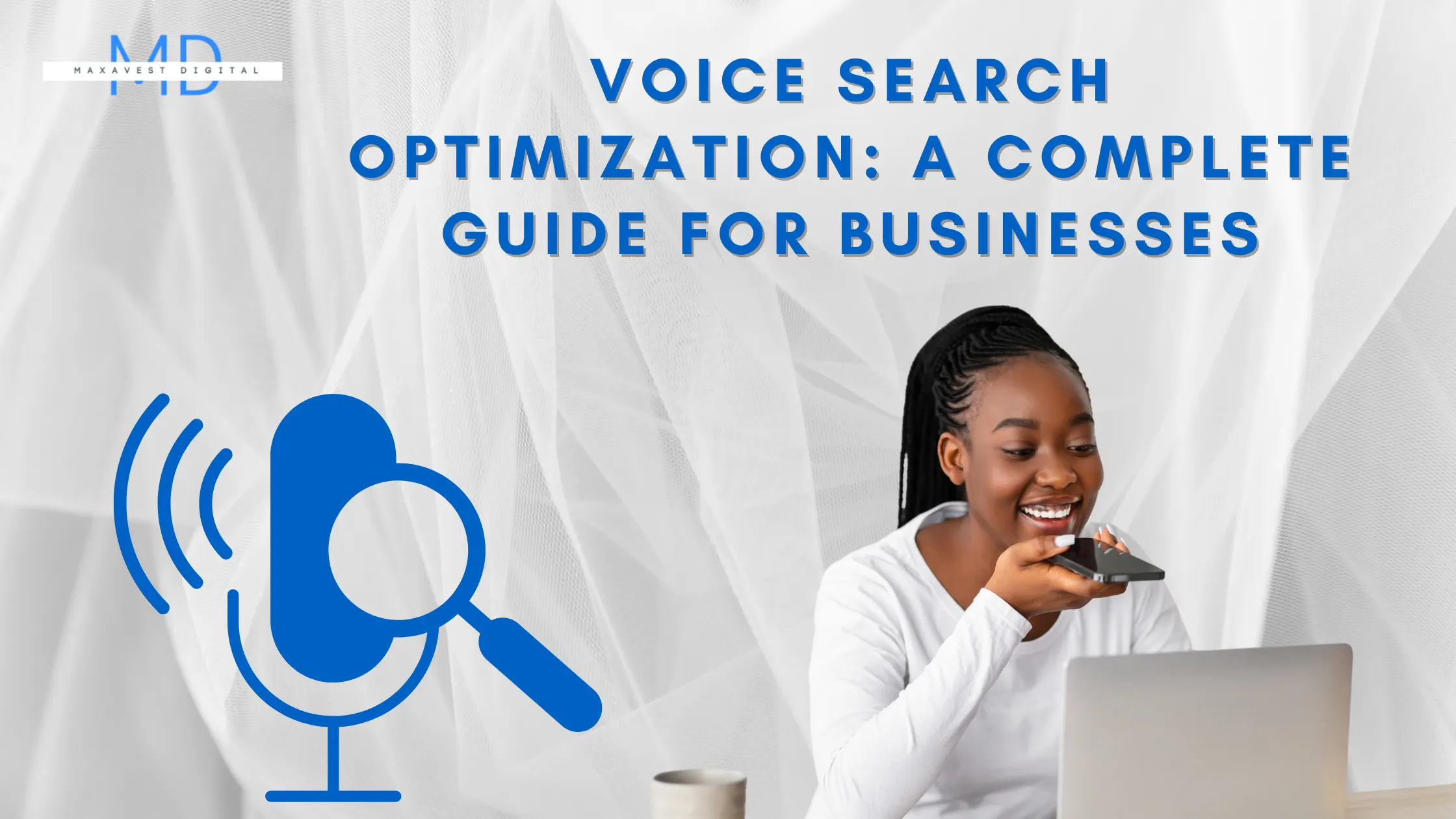Maximizing ROI on Google Ads: Tips for Small Businesses
Discover how to maximize ROI on Google Ads and drive better results for your small business with proven strategies.
By Gbenga Akinyemi
Introduction
Google Ads has become a vital tool for small businesses looking to make an impact in the digital marketplace. Yet, it’s not enough to simply run ads—you need to maximize your return on investment (ROI). For small businesses, every penny counts, and leveraging Google Ads effectively can lead to significant growth. Understanding the nuances of ROI and implementing thoughtful strategies ensures that your ad spend is working as hard as possible.
The Importance of ROI in Google Ads for Small Businesses
ROI is not just a metric; it's the lifeblood of any advertising campaign, especially for small businesses where budget constraints can be tight. A well-optimized Google Ads campaign will not only bring in more customers but will also ensure that the amount spent on ads translates into tangible revenue. Maximizing ROI means balancing costs with the benefits received, ensuring that each dollar spent on ads works toward your bottom line.
How Google Ads Can Help Your Business Grow
Google Ads offers unparalleled reach. It gives small businesses the ability to compete with larger companies by placing their products or services directly in front of potential customers searching for relevant terms. Whether you’re looking to increase website traffic, generate leads, or drive online sales, Google Ads can be tailored to help you achieve those goals efficiently.
Why Maximizing ROI is Crucial for Small Business Budgets
Small businesses operate with limited resources. Every dollar spent on marketing needs to stretch further. Maximizing ROI means getting the most value out of your budget, and the difference between a well-optimized Google Ads campaign and a poorly managed one can be the difference between success and failure.
Understanding Google Ads Basics
What is Google Ads and How Does It Work?
Google Ads is an online advertising platform where businesses bid to display brief advertisements, service offerings, or product listings to web users. The ads can appear in Google search results or across its Display Network. The beauty of the system lies in its pay-per-click (PPC) model—you only pay when someone clicks on your ad, making it a cost-effective tool for businesses of any size.
The Role of Keywords in Google Ads Success
Keywords are the backbone of your Google Ads strategy. They determine when and where your ads appear. By selecting the right keywords—those that align with your customers' search intent—you increase the chances that your ad will be seen by the right people at the right time. High-quality keywords lead to higher click-through rates and ultimately a better ROI.
Google Ads Bidding Strategies Explained
Google Ads offers several bidding strategies that cater to different campaign goals. Whether you choose manual bidding, target CPA, or maximize conversions, understanding how each bidding option works can help you make smarter choices. Optimizing bids allows you to spend less and gain more from each click.
Defining Your Campaign Goals
Why Goal Setting is the Foundation of ROI Success
Without clearly defined goals, it’s impossible to measure success. Whether you want to increase website visits, grow your customer base, or drive more sales, setting specific, measurable, and time-bound objectives ensures you have a clear path for your Google Ads campaign. Goals give you focus, which in turn maximizes ROI.
How to Set Measurable Objectives for Google Ads
Your objectives should be quantifiable. Whether it’s “increase website traffic by 20% in the next 3 months” or “lower cost-per-click by 15%,” measurable objectives help you assess your progress and tweak your strategy accordingly. They allow you to adjust your campaigns in real time for maximum efficiency.
Aligning Google Ads Goals with Your Business KPIs
Aligning your Google Ads goals with your overall business KPIs is crucial for maintaining strategic focus. For instance, if your KPI is to increase customer acquisition, then your Google Ads goals should align with lead generation, making sure your ad spend is working to grow your customer base effectively.
Targeting the Right Audience
How to Identify Your Ideal Customer in Google Ads
Understanding your ideal customer is essential for targeting. Who are they? What are their interests? Google Ads offers demographic data that allows you to segment your audience by age, gender, location, and more. When you know who you're speaking to, you can create more relevant ads, which leads to higher engagement.
Utilizing Demographic Targeting for Better Results
Demographic targeting in Google Ads helps you hone in on the right audience. Rather than wasting your budget on broad, untargeted campaigns, you can use demographic filters to ensure your ads are only seen by people most likely to become customers. This results in a more efficient use of your ad spend.
The Power of Geo-Targeting: Reaching Local Customers
Geo-targeting is especially valuable for small businesses with a local focus. By limiting the reach of your ads to specific geographic areas, you ensure that only potential customers within your service area see your ads. This can drastically improve ROI, as you're not paying for clicks from people who are too far away to become customers.
Audience Segmentation: Reaching the Right People at the Right Time
Segmentation is key to refining your Google Ads audience. By segmenting based on behaviors, demographics, or even purchasing history, you can deliver personalized ad experiences. This leads to better engagement and more efficient use of your ad budget, ultimately improving ROI.
Google Ads vs. Facebook Ads: Which is Better for Your Brand?
Crafting Effective Ads
Creating Compelling Ad Copy That Drives Clicks
Compelling ad copy is the difference between a scroll-by and a click. Your ad copy should be concise, engaging, and directly related to the user’s intent. Using persuasive language and highlighting the unique benefits of your product or service can help turn impressions into clicks.
How to Write Attention-Grabbing Headlines
Headlines are often the first—and sometimes only—thing people notice. A strong headline is not only relevant to the user’s search but also intriguing enough to provoke a click. Posing a question, offering a solution, or stating a bold fact can make your ad stand out in a sea of search results.
The Importance of Including Strong CTAs in Your Ads
A clear and strong call-to-action (CTA) is critical to driving conversions. Whether it’s “Shop Now,” “Get a Free Quote,” or “Download Today,” a well-placed CTA encourages immediate action. Strong CTAs are one of the simplest ways to increase your ad's effectiveness and, by extension, your ROI.
Using Ad Extensions to Improve Visibility and Engagement
Ad extensions allow you to provide additional information to searchers, such as phone numbers, site links, or product reviews. They not only make your ads more useful to potential customers but also improve click-through rates, helping you get more value from your ad spend.
Optimizing Your Keyword Strategy
Keyword Research for Small Business Success
Effective keyword research ensures you’re bidding on terms that will actually bring in qualified traffic. By using tools like Google’s Keyword Planner, you can identify high-intent keywords that your ideal customers are searching for. This targeted approach helps ensure you’re not wasting money on irrelevant clicks.
Long-Tail Keywords: The Secret to Higher Conversions
While short, competitive keywords can be expensive and less targeted, long-tail keywords are specific, intent-driven phrases that are often less costly and more effective at driving conversions. For small businesses, targeting these can lead to lower CPCs and higher ROI as the traffic is more relevant.
How to Use Negative Keywords to Reduce Wasted Spend
Negative keywords are a powerful tool for reducing wasted spend. By excluding irrelevant search terms, you ensure that your ads aren’t shown to people who aren’t interested in your products or services. This minimizes unqualified clicks and maximizes ROI.
Bidding Strategies to Maximize ROI
Which Bidding Strategy is Right for Your Small Business?
Choosing the right bidding strategy depends on your goals. Whether you’re focused on clicks, conversions, or impressions, each strategy offers unique benefits. For small businesses, a cost-per-click (CPC) model is often ideal, but experimenting with other options like target CPA or maximize conversions can yield better results depending on your objectives.
Manual vs. Automated Bidding: Pros and Cons
Manual bidding offers more control, allowing you to adjust bids for individual keywords or audiences. Automated bidding, on the other hand, uses Google’s algorithms to optimize bids for conversions. Each approach has its pros and cons, and the best choice depends on how much time and expertise you can invest in managing bids.
How to Adjust Your Bids Based on Performance Data
Regularly analyzing performance data is key to adjusting bids effectively. If certain keywords are driving more conversions, increase your bids to capitalize on their potential. Conversely, if certain terms are underperforming, lower your bids to minimize wasted spend.
Improving Ad Quality for Better Results
Understanding Google’s Quality Score and Why It Matters
Google’s Quality Score is a measure of the relevance and quality of your ads, keywords, and landing pages. A higher Quality Score can lead to lower costs and better ad positions, as Google rewards advertisers who provide a better user experience. Improving your Quality Score should be a central goal for maximizing ROI.
How to Improve Your Ad Quality Score to Lower Costs
To improve your Quality Score, focus on enhancing the relevance of your keywords, ad copy, and landing pages. A tightly connected campaign where each element supports the others can lead to a significant boost in your score, resulting in lower costs and higher ad placement.
Ad Relevance: Making Sure Your Ads Match Searcher Intent
Ad relevance is critical for both Quality Score and engagement. If your ad closely matches the searcher’s intent, they are far more likely to click. Ensuring that your keywords and ad copy align with what users are actively searching for can have a dramatic impact on your ROI.
Tracking and Measuring Your Results
Why Tracking Your Google Ads Performance is Key to ROI
Data is the key to success with Google Ads. Without tracking, you’re essentially running campaigns blind. Monitoring performance allows you to see what’s working and what isn’t, making it easier to optimize for better ROI over time.
How to Use Google Ads Metrics to Monitor Success
Google Ads provides a wealth of metrics that help you gauge the success of your campaigns. Click-through rates, conversion rates, and cost-per-click are just a few of the essential data points you should be regularly reviewing. Each of these metrics offers valuable insight into how your ads are performing.
Top Metrics Every Small Business Should Track in Google Ads
In addition to CTR and CPC, small businesses should track metrics like conversion rate, cost-per-acquisition (CPA), and Quality Score. These metrics provide a more complete picture of campaign performance, helping you make informed decisions on where to allocate budget and effort.
Using A/B Testing for Continuous Improvement
What is A/B Testing and How Can It Help?
A/B testing involves comparing two versions of an ad to see which one performs better. This method of testing allows you to make data-driven decisions, refining your ad copy, imagery, and CTAs to continuously improve performance.
Best Practices for Testing Ads and Landing Pages
When conducting A/B tests, focus on changing one variable at a time, whether it’s the headline, CTA, or landing page design. By isolating the variable, you can more accurately determine which elements are driving improvements.
How to Apply A/B Test Results to Improve Performance
After running tests, use the data to optimize your ads. Incorporate the winning elements from your A/B tests into future campaigns to improve click-through rates and conversions, ultimately enhancing your overall ROI.
Leveraging Retargeting for Increased ROI
What is Retargeting and How Does It Work in Google Ads?
Retargeting involves showing ads to users who have already visited your website but haven’t converted. By keeping your business top of mind, retargeting ads can help you re-engage potential customers and lead them down the path to conversion.
How Retargeting Ads Can Boost Conversions
Retargeting ads work because they’re shown to people who have already expressed interest in your products or services. These ads can be a powerful tool for increasing conversions as they re-engage potential customers who may have been on the fence.
Setting Up Retargeting Campaigns for Maximum Impact
To set up a successful retargeting campaign, start by identifying which pages or actions indicate high intent. Then, tailor your retargeting ads specifically to these audiences, offering personalized incentives or reminders to encourage them to complete their purchase.
Using Google Analytics to Enhance Your Google Ads Strategy
How Google Analytics and Google Ads Work Together
Google Analytics offers deeper insights into user behavior, complementing the data you get from Google Ads. By integrating the two platforms, you can track what happens after someone clicks on your ad, allowing for a more comprehensive understanding of your campaign performance.
Tracking Conversions and User Behavior Across Campaigns
Google Analytics allows you to track how users interact with your site after clicking your ad. This data helps you understand the customer journey, from landing page to conversion, giving you valuable insights into what’s working and what needs improvement.
Using Google Analytics Data to Refine Your Targeting and Ad Copy
By analyzing user behavior data, you can refine your Google Ads targeting and ad copy to better align with how people engage with your site. This deeper level of analysis can help you optimize your campaigns for improved performance and higher ROI.
Managing Your Google Ads Budget Effectively
How to Set an Appropriate Google Ads Budget for Your Business
Setting the right budget is critical for any small business. You don’t need a huge budget to see success with Google Ads, but you do need to be strategic about how you allocate your spend. Start small and gradually increase your budget as you gather data and see what works.
Tips for Getting the Most Out of a Small Google Ads Budget
To get the most out of a limited budget, focus on long-tail keywords, tightly targeted audiences, and high-performing ads. Use tools like bid adjustments and ad scheduling to maximize the effectiveness of your spend.
When to Increase or Decrease Your Google Ads Spend
Once you’ve established a successful campaign, you may want to increase your budget to capitalize on your success. Conversely, if a campaign isn’t delivering, it’s time to reassess and potentially reduce spend until you’ve refined your strategy.
Avoiding Common Google Ads Mistakes
Top Google Ads Mistakes That Drain Your ROI
Common mistakes like targeting too broad an audience, using irrelevant keywords, or failing to track conversions can quickly drain your ad budget without delivering meaningful results. Avoid these pitfalls by focusing on precision and relevance in every aspect of your campaign.
How to Avoid Click Fraud and Wasted Ad Spend
Click fraud, where competitors or bots repeatedly click on your ads, can waste your budget and lower your ROI. Using tools like click fraud detection services or excluding IP addresses that show suspicious activity can help safeguard your spend.
Recognizing When It’s Time to Revamp Underperforming Campaigns
If your campaign performance stagnates or drops, it’s important to recognize the signs and make changes. Whether it’s updating your ad copy, refining your targeting, or adjusting your bidding strategy, continual optimization is key to long-term success with Google Ads.
Hiring a Google Ads Expert or Agency
When Should Small Businesses Consider Hiring a Google Ads Expert?
If you’re struggling to manage your campaigns or not seeing the results you need, it may be time to consider hiring a Google Ads expert or agency. They bring the experience and resources to help you optimize your campaigns and get better results faster.
Speak with Google Ads Agency in Lagos
Questions to Ask Before Hiring a Google Ads Specialist
Before hiring an expert, ask questions like: What is their experience with businesses in your industry? How do they measure success? What strategies do they use to maximize ROI? These questions can help you find the right partner.
How to Choose the Right Agency for Your Google Ads Needs
Choosing the right agency comes down to finding a partner that understands your business goals and has a proven track record of delivering results. Look for agencies that specialize in working with small businesses and have a deep knowledge of Google Ads optimization.
Conclusion
Summing Up: Key Takeaways for Maximizing Google Ads ROI
Maximizing ROI on Google Ads requires a combination of strategic planning, ongoing optimization, and a deep understanding of your audience. By focusing on well-researched keywords, targeted audiences, and continuous improvement through data analysis, you can make every dollar count.
The key to long-term success with Google Ads is to remain agile and open to change. As you gather more data, continue refining your campaigns, experimenting with new strategies, and optimizing your spend.
With the right approach, Google Ads can be a powerful tool for growth. By continually maximizing your ROI, you can turn even a modest budget into meaningful business growth, allowing your small business to thrive in a competitive digital landscape.


























